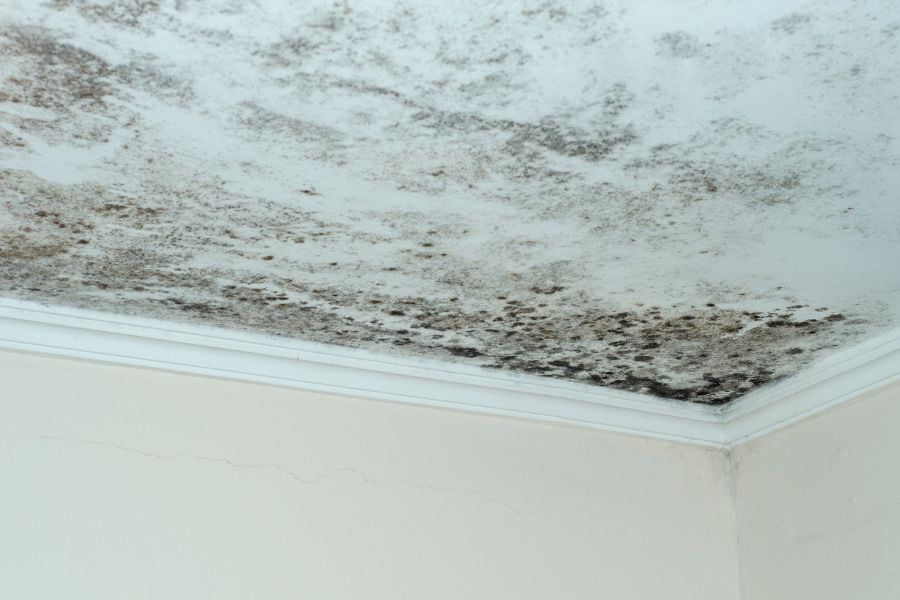Basements are often neglected areas of the home, but they can also be hubs for moisture-related problems such as mold growth. High levels of humidity in your basement can lead to uncomfortable living conditions and potential health issues. This blog post discusses the impact of humidity on basement health, tips for managing moisture, and ways to prevent mold growth from occurring.
Understanding Basement Humidity
Humidity is defined as the amount of water vapor in air. In a dry environment like a basement, relative humidity should stay between 30-50%, depending on seasonality – but this is not always the case. If the relative humidity rises above these levels, it means that too much moisture is being trapped in the air. This can create damp or moist surfaces, which are ideal growing grounds for fungi and molds.
High levels of basement humidity can also cause condensation on pipes and other metal surfaces. This affects comfort levels in your home and may damage porous materials such as wood or furniture over time due to warping or rot. In addition, high humidity can exacerbate existing allergies or asthma symptoms due to dust mites or mildew spores created by mold growth.
Managing Your Basement’s Humidity
Fortunately there are steps you can take to manage moisture and keep your basement dry:
Install a dehumidifier: Dehumidifiers work by reducing the relative humidity in enclosed spaces. This helps keep basements from becoming damp and collecting moisture that could lead to mold growth.
Check vents: Make sure any vents leading into your basement are sealed tight so that humid air does not accumulate inside. If possible, open windows (if any) occasionally for ventilation purposes – this will help circulate fresh air inside while releasing stale humid air outside instead of having it accumulate within the space.
Monitor temperature: Keeping a consistent indoor temperature throughout different seasons will also help control indoor humidity levels. A consistent indoor temperature creates an equilibrium between cold outdoor temperatures and warm internal environments that doesn’t allow moisture to build up easily in confined areas such as our basements.
Preventing Mold Growth
Mold is difficult to remove once it has set in. Therefore, prevention methods should be put in place before any visible signs appear. Here are some tips for preventing mold growth in basements:
Ensure proper ventilation: As mentioned earlier, proper ventilation will release humid air outdoors rather than have it accumulate within enclosed spaces like our basements, where moisture tends to linger longer. Additionally, using exhaust fans when showering or cooking will also help reduce steam buildup which would otherwise increase internal relative humidity, causing potential mold infestations.
Check insulation: Insulation material such as fiberglass absorbs moisture quickly which increases chances for fungal spore production. For this reason, it’s important to check insulation regularly for signs of water damage such as discolouration or deterioration, especially near plumbing fixtures and appliances where condensation tends to get trapped more easily.
Ultimately, by following these guidelines you should be able to effectively manage your basement’s humidity levels while preventing any serious issues related with moisture buildup, including potential health hazards posed by mold fungi formation.
If you are encountering moisture issues in your basement, don’t fret. IcyReno can help you. We offer expert waterproofing services and more to help keep your basement moisture-free and safe! Call the experts at IcyReno today – we’re here when you need top-quality, reliable waterproofing services!
